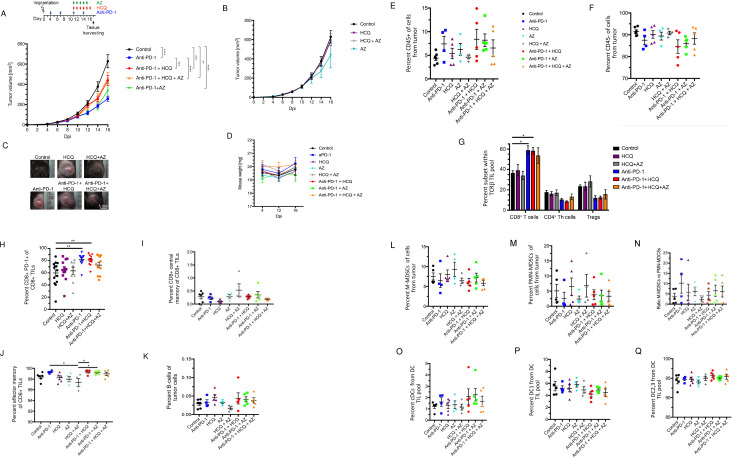Fig 1. Hydroxychloroquine and azithromycin reverse partially immune checkpoint blockade in cancer therapy.
C57BL/6 mice were implanted intradermally with B16-PD-L1 tumor cells. Following 1 week of anti-PD-1 treatment, HCQ with or without AZ were injected daily before tumors were harvested at day 17 post implantation. Panel A: Tumor volumes in response to anti-PD-1 plus HCQ and AZ. Panel B: Tumor volumes in mice treated only with HCQ and AZ. Panel C: Examples of tumors from mice treated with HCQ, AZ or anti-PD-1 plus HCQ and AZ. Panel D: Percentage of mouse weight loss over time. Panel E: Percentage of total immune cell infiltrate (CD45+ cells). Panel F: Percentage of CD45- cells in tumors. Panel G: Percentage of CD8+, CD4+ T helper and regulatory T cells (Tregs) of total TCRb+ cells in tumor. Panel H: Percentage of PD-1+ CD8+ TILs. Panel I: The effect of therapy on CD8+ central memory TILs. Panel J: The effect of therapy on CD8+ effector memory TILs. Panel K: The effect of therapy on B cell TILs. Panel L: The effect of therapy on the percentage representation of M-MDSC TILs. Panel M: The effect of therapy on the percentage representation of PMN-MDSC TILs. Panel N: Ratio of M-MDSC TILs relative to PMN-MDSC TILs. Panel O: The effect of therapy on the percentage representation of cDC TILs. Panel P: The effect of therapy on the percentage representation of DC1 TILsc. Panel Q: The effect of therapy on the percentage representation of DC2 and 3 TILs.

